October 24, 2021
There once was a family of a mother, father and three sisters. The parents worked hard at providing for
the family, but constantly had to beg the daughters for help. They also had to continually stop them
from arguing and fighting. The three sisters were different from each other and also unique in their
own way. The eldest was tall and slender with long, silky, shiny hair, the youngest was small but
strong, and the middle sister was average in height and beautiful in her giving nature. For whatever reason, although they loved one another as sisters, they would disagree on any little thing and be distracted from doing any work because of these quarrels. The parents tried and tried to get the sisters to help in the garden and help with the chores. When working together they would always fight; when apart they would complain about the others. The work wasn’t getting done and the parents were worried that if this kept up they wouldn’t make it through another winter. It was planting time and the work had to be done, but as usual the sisters were too busy fighting. The parents needed help, and it was given to them, but not as they imagined. As the sisters argued in the field one afternoon, they were transformed into three plants. The first a long, tall plant with silk tassel-like hair, the second a broad-leafed plant low to the ground, and the third a medium-height plant with gentle vines. The plants, of course, were corn, squash, and beans, the three sisters.
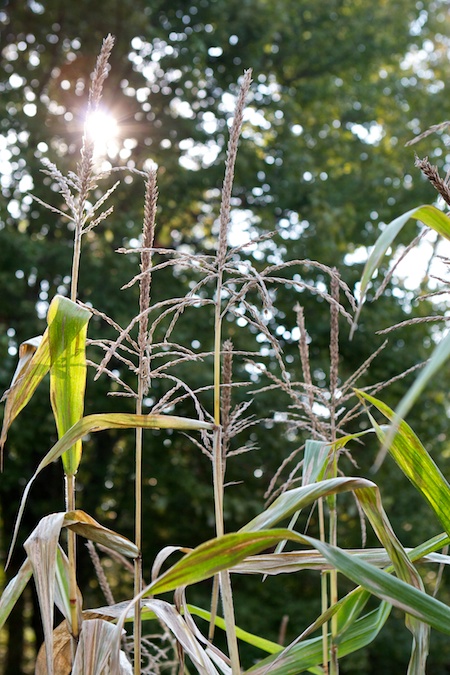 In the Midwest, we are busily putting our gardens to bed for the winter, and soon we will be planning next year’s garden.
In the Midwest, we are busily putting our gardens to bed for the winter, and soon we will be planning next year’s garden.
At Paradise Farm, a farm education program in Wisconsin, our Three Sisters Garden thrived this year! It was a wonderful garden project — the Three Sisters of corn, beans and squash together form a beneficial relationship, with each plant helping the others to grow. This is a form of companion planting, and a fantastic lesson in community. For us, it was also a meaningful hands-on way to honor and acknowledge the First People who occupied the land on which we are gardening.
Here’s the story of our Three Sisters Garden this year, and a little tutorial for incorporating a Three Sisters Garden into your home or school garden next year, if you’re interested.
 First, we planted the garden
First, we planted the garden
There are lots of instructions out there on how to plant a Three Sisters Garden. When you are ready to plant yours, pay special attention to the varieties of seeds you choose for your gardening zone, and also the timing of when things are planted. Be sure at least some of your beans are of the climbing variety. Here is some good information about planting.
 The first thing we harvested were the beans
The first thing we harvested were the beans
The key things to focus on with children in the Three Sisters Garden is to harvest the beans gently enough that they don’t pull over the growing corn plants, and also to watch their step so they don’t trample the squash plants below. With a little care, children as young as age 3 or 4 can easily help in the Three Sisters garden.
 Next, we harvested the corn
Next, we harvested the corn
We grew popcorn, which was picked and hung in the barn to dry on the cob for about 4 weeks. You can leave popcorn in the garden until it is dry on the stalks — we harvested ours a little early so the birds didn’t eat all of our treats!
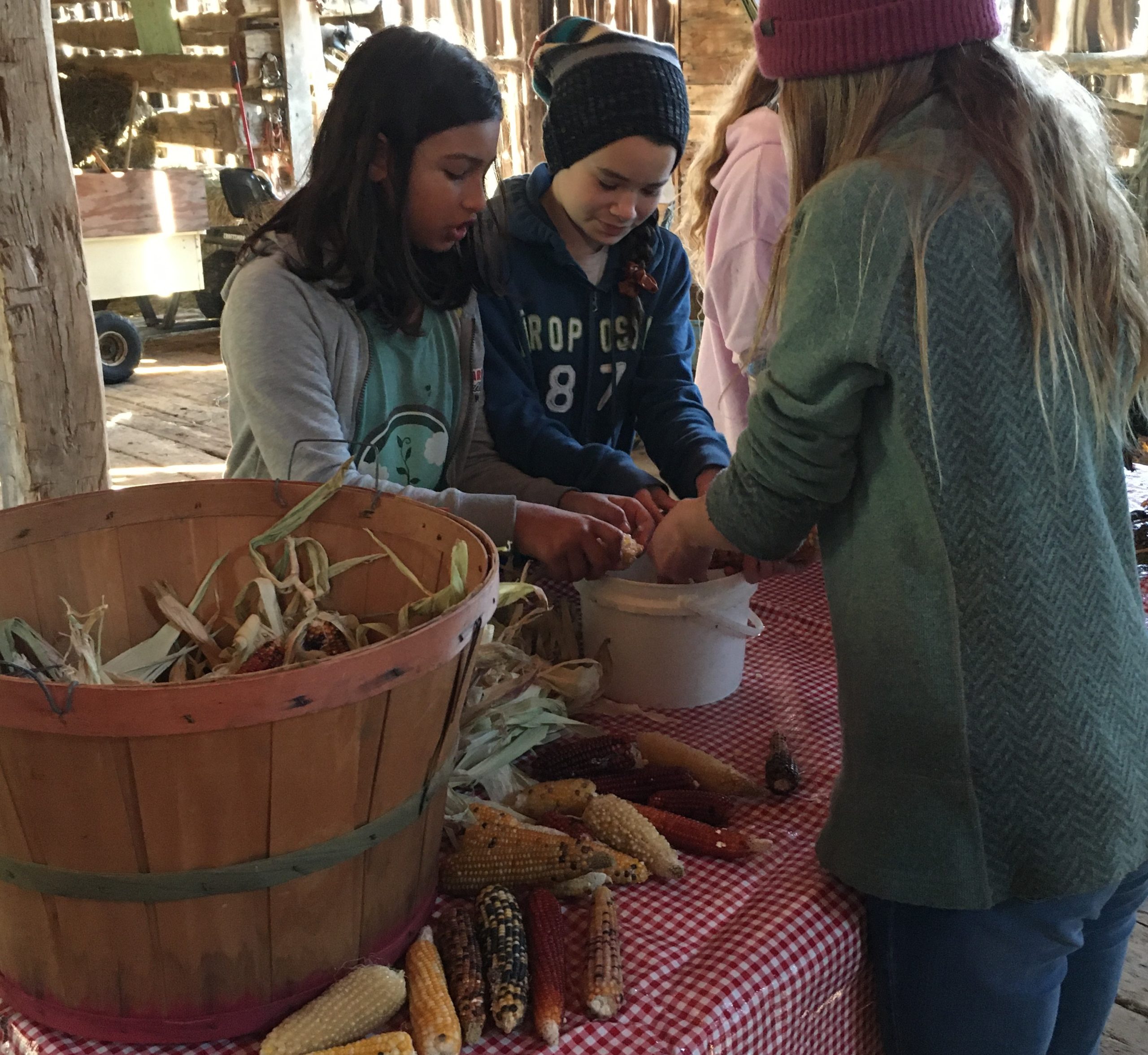
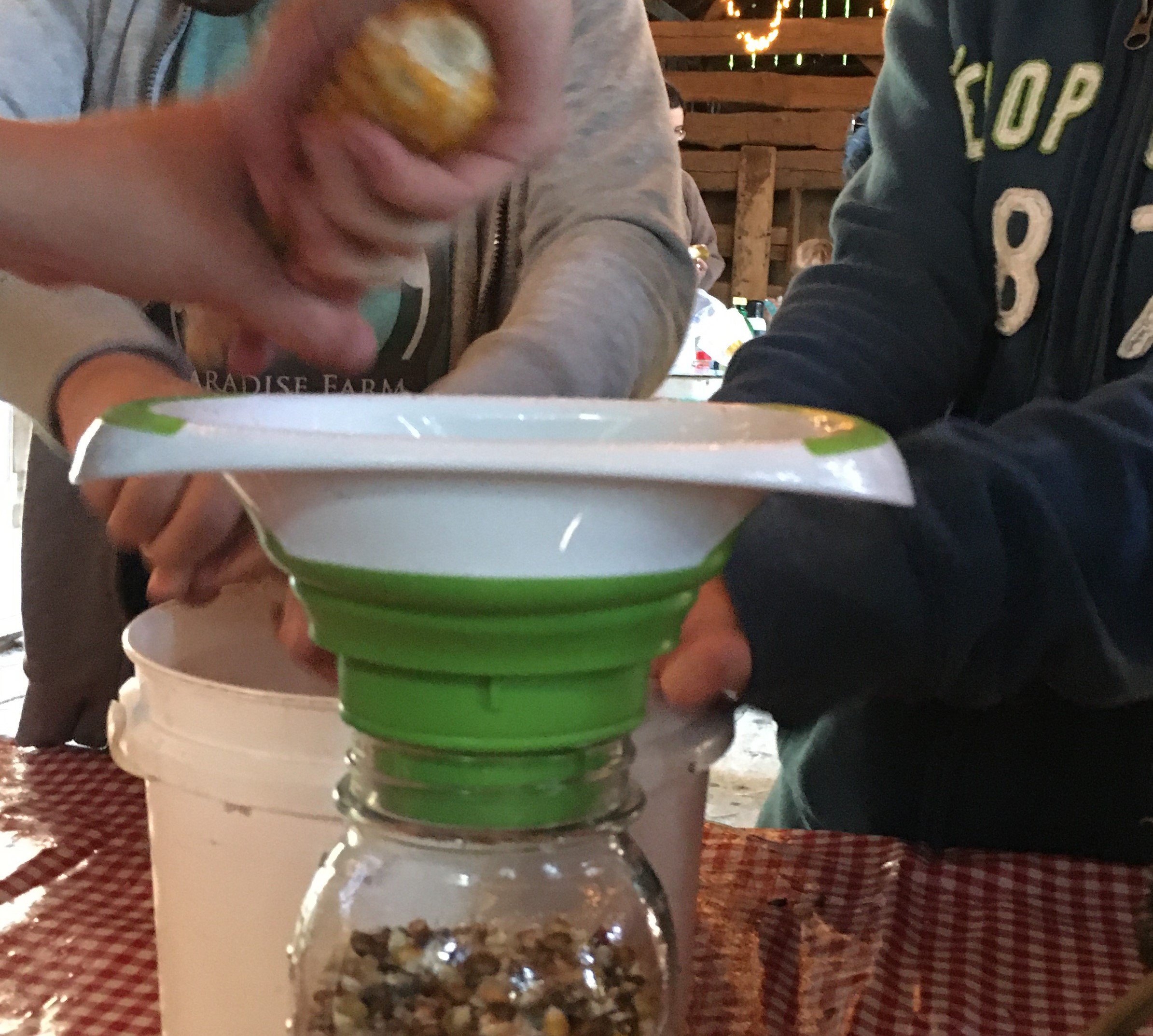
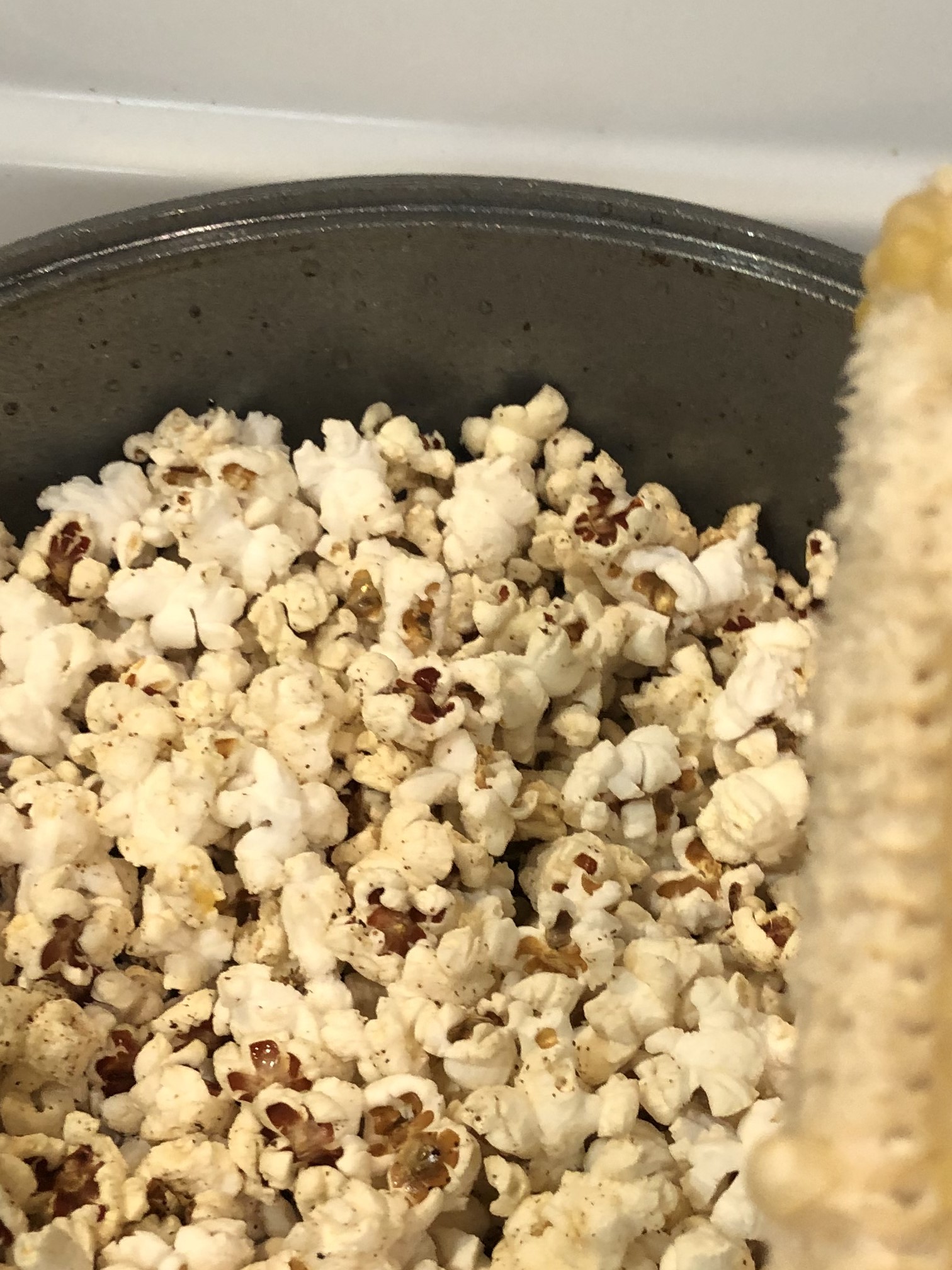
Next the kids removed the kernels from the cob and put them into jars for making winter popcorn over the fire.
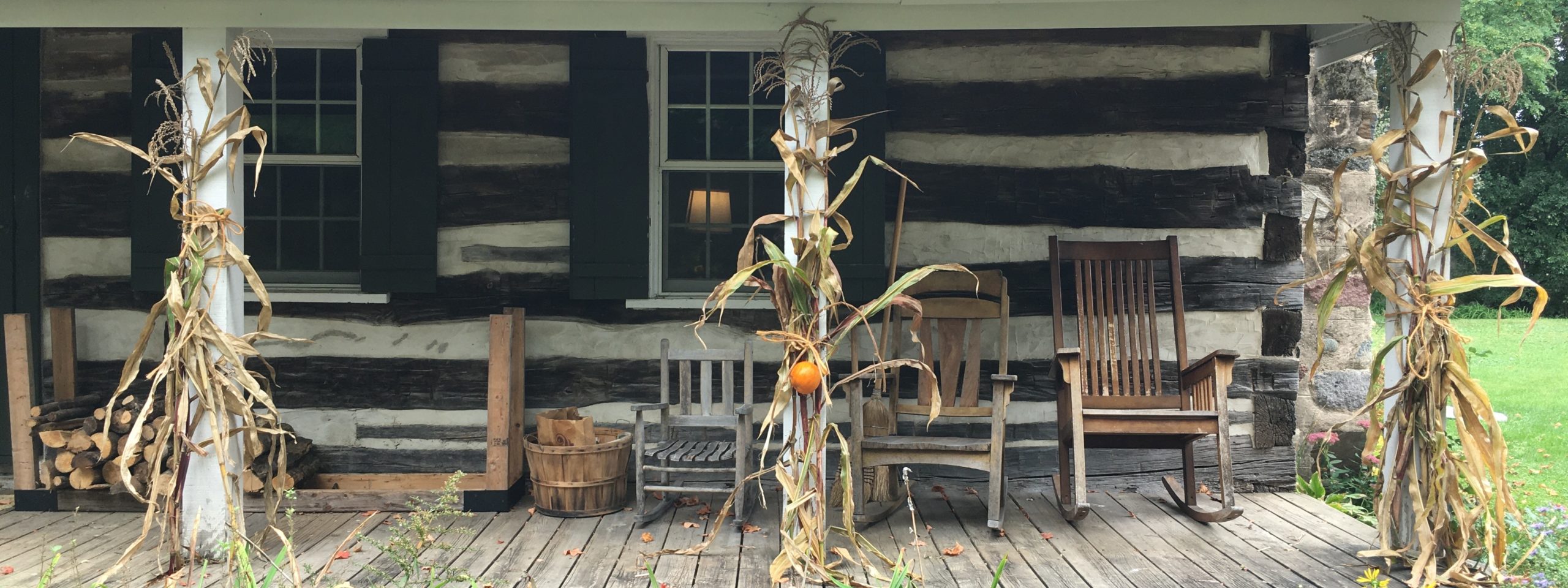
The dried corn stalks were used for autumn decorations.
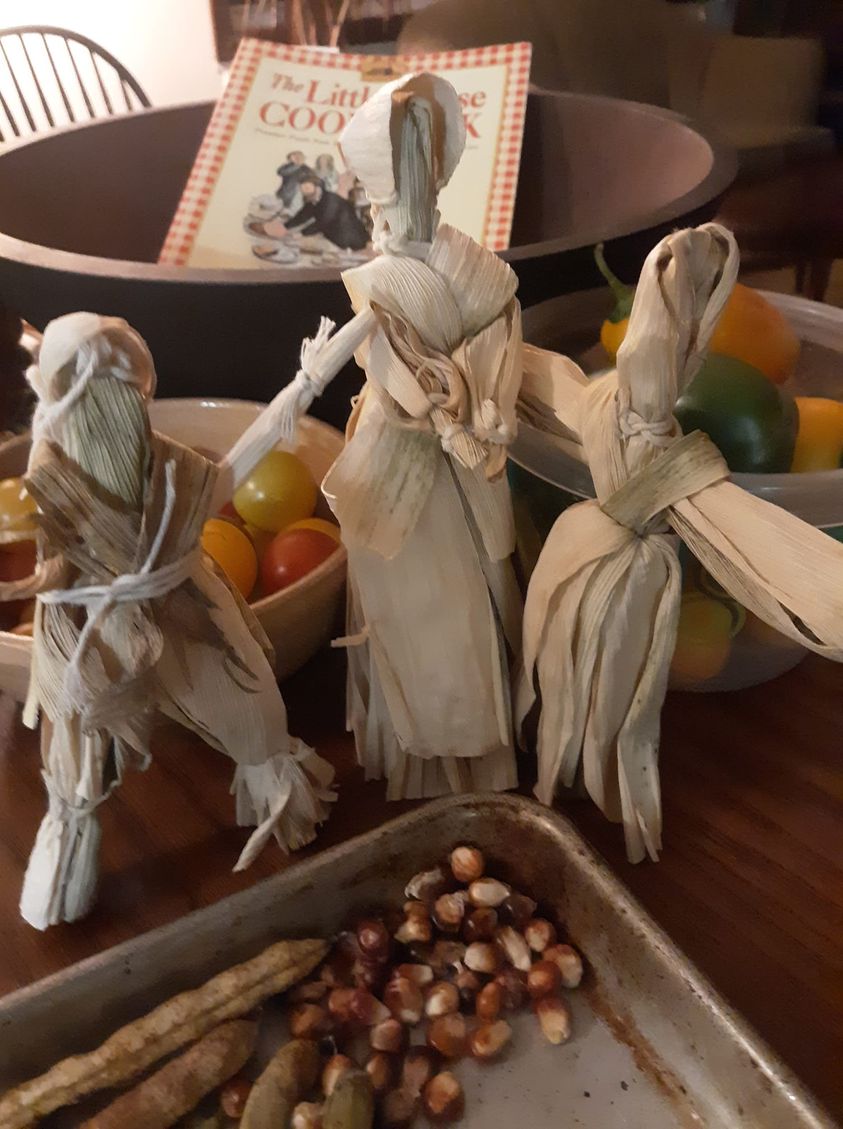 Finally, the husks were soaked and made into corn husk dolls. So many fun things to do with corn!
Finally, the husks were soaked and made into corn husk dolls. So many fun things to do with corn!
 Finally, the pumpkins were ready
Finally, the pumpkins were ready
All in all, our Three Sisters Garden became the perfect medium for expressing each of the Living Arts in our program — Practical Activity (gardening, harvesting, cooking), Nurturing Care (care of the Earth with regenerative practices), Creative Exploration (storytelling and dollmaking) and Social Awareness (working together and honoring the First People). Perhaps the best outcome of all: it was really satisfying to see children and adults become so invested in doing a project together from start to finish. Today’s world gives us few opportunities to participate in shared work across the generations. We were grateful to take part in a project that allowed us to produce rather than simply consume, and to steep ourselves in ancient wisdom in the process.
Happy harvesting and dreaming about next year’s garden!

Mary O’Connell
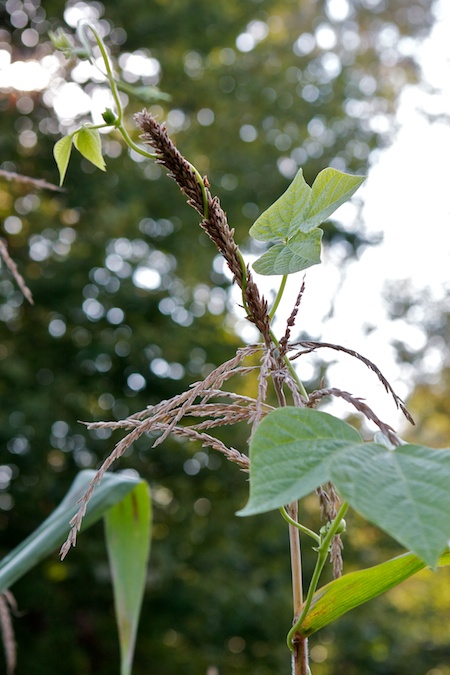 First, we planted the garden
First, we planted the garden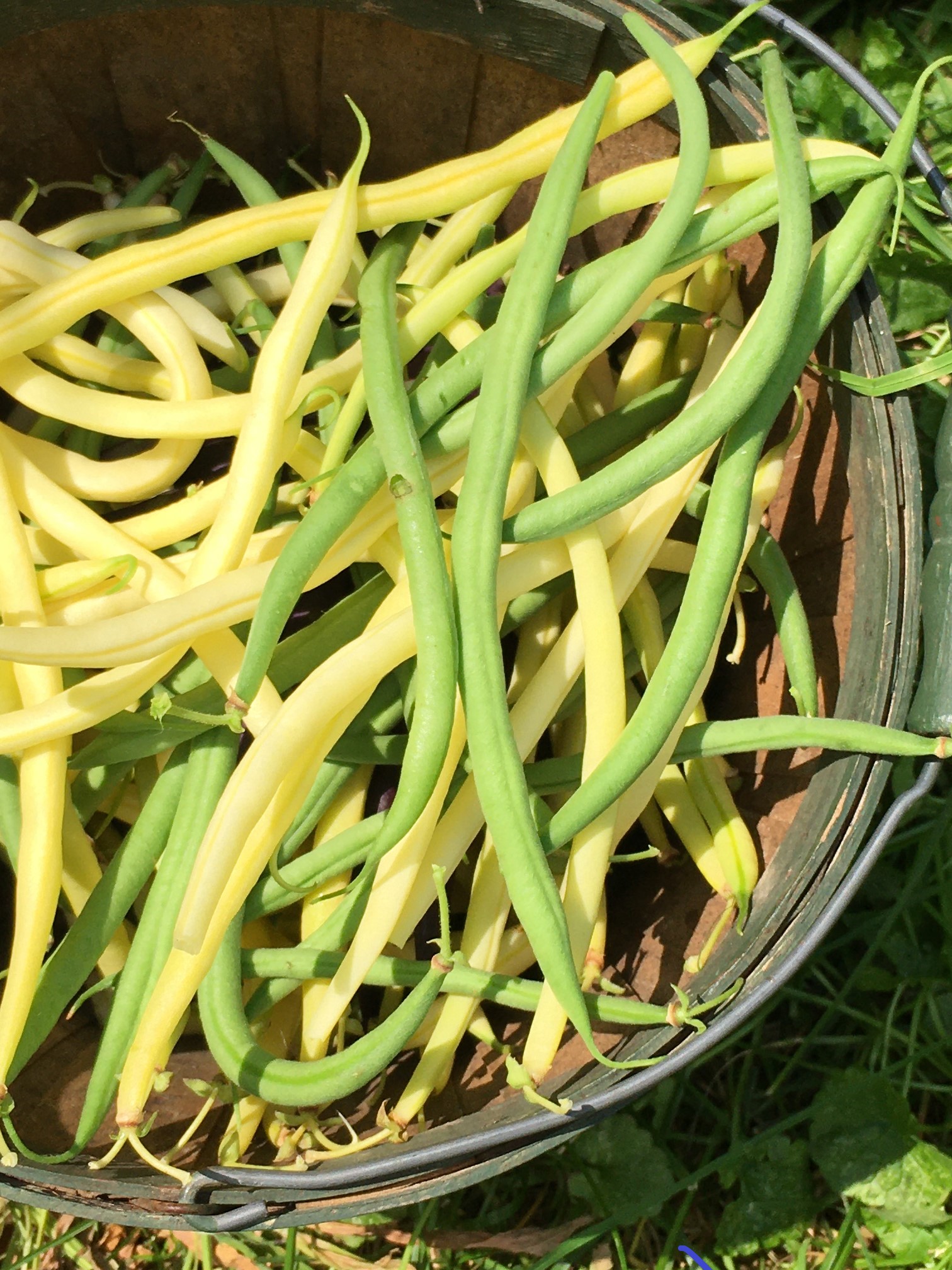 The first thing we harvested were the beans
The first thing we harvested were the beans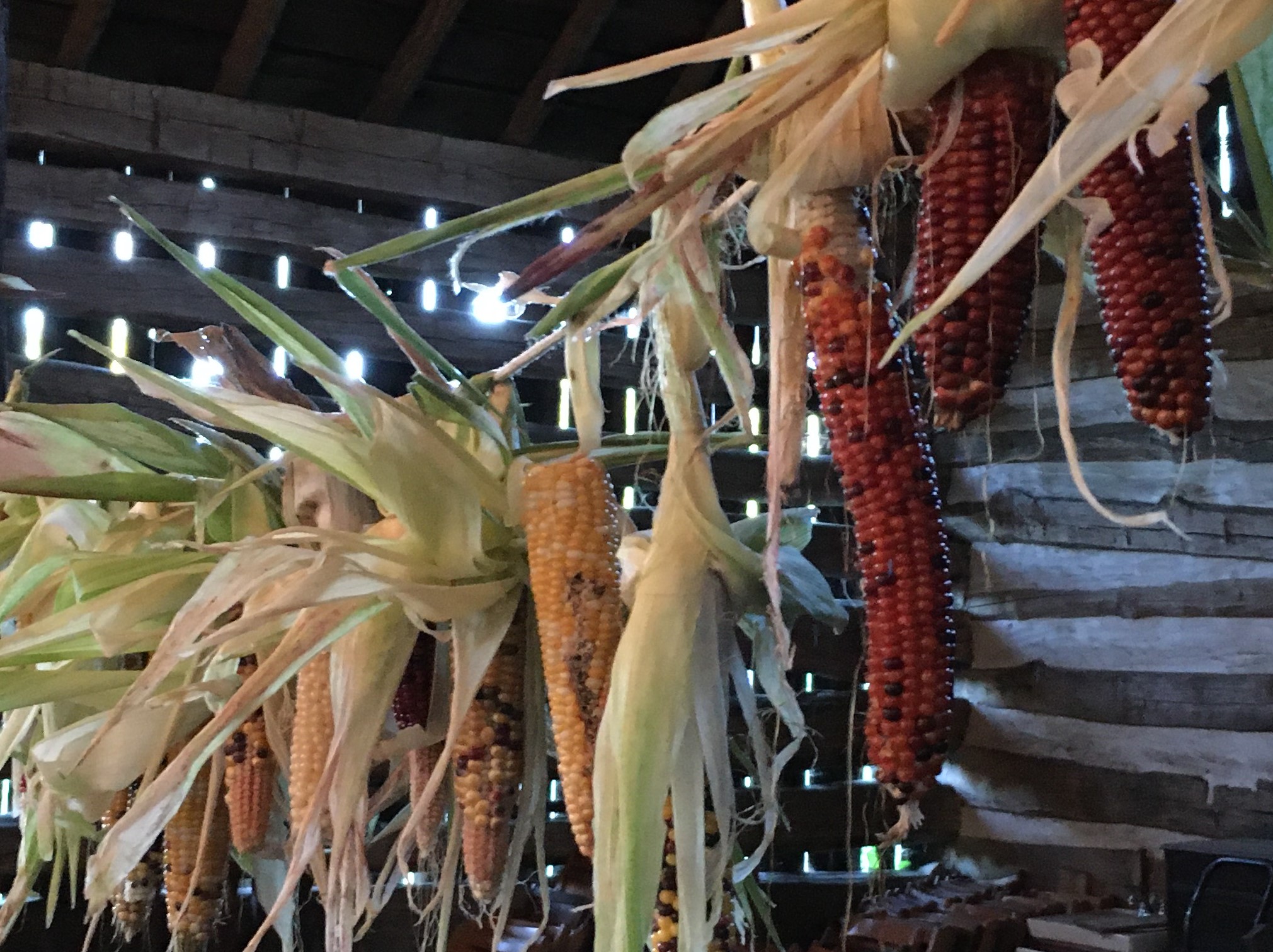 Next, we harvested the corn
Next, we harvested the corn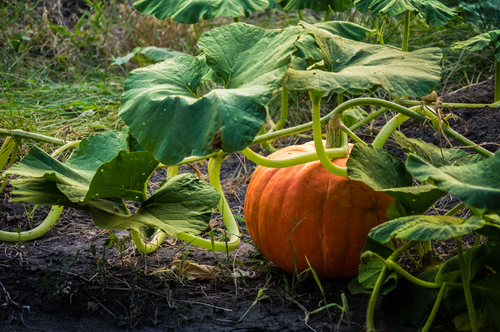 Finally, the pumpkins were ready
Finally, the pumpkins were ready
i. love. this story. ?????
Thank you, Ramona!